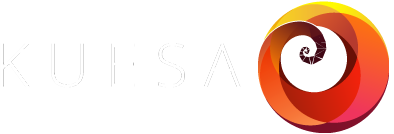3D – Interactions with Qt, KUESA and Qt Design Studio, Part 2
In my last post, I went through a method of creating a simulated reflection with a simple scene. This time I’d like to take the technique and apply it to something a bit more realistic. I have a model of a car that I’d like to show off in KUESA™, and as we know, KUESA doesn’t render reflections.

Using the method discussed last time, I’d need to create an exact mirror of the object and duplicate it below the original, and have a floor that was partially transparent. This would be expensive to render if I duplicated every single mesh on the high poly model. Here, the model is X triangles – duplicating it would result in Y triangles – is it really worth it for a reflection?
However, if I could take a low poly version of the mesh and make it look like the high poly mesh this could then work. I could bake the materials onto a low poly mesh. Easy to do in blender.

Here I have a low poly object as the created reflection, with the baked materials giving the impression of much higher detail than physically exists. Using the same technique of applying an image texture as an alpha channel, I can fade out the mesh below to look more like a reflection.

To further the illusion, I can also blur the details on the baked materials – this, along with the rough texture of the plane, gives more of a reflective look, especially when you consider that a rough plane would not give an exact reflection

The good news is, it produces an effect similar to a reflection, which is what we want.

